Braised pork face, known in Chinese cuisine as bá zhū liǎn (扒猪脸), is a dish steeped in history and culinary tradition. This elaborate preparation involves slow-cooking a pig’s head until the meat becomes tender, flavorful, and melt-in-your-mouth delicious. Often served during festivals, banquets, or family gatherings, this dish symbolizes abundance and celebration. While its appearance might intimidate some, the process of preparing braised pork face is a labor of love that rewards patience and attention to detail. This article will guide you through the intricate steps of creating this iconic dish, from selecting the finest ingredients to mastering the braising technique.
The Cultural Significance of Braised Pork Face
In Chinese culture, pork holds a revered place at the dining table, symbolizing prosperity and good fortune. The pig’s head, in particular, is considered a delicacy in many regions, including northern and eastern China. Traditionally, braised pork face was reserved for special occasions, as it required time, skill, and a generous amount of ingredients. Today, it remains a centerpiece dish at weddings, Lunar New Year feasts, and other milestone events. The dish’s rich flavors and tender texture make it a crowd-pleaser, while its preparation method reflects the values of perseverance and respect for tradition.
Ingredients You’ll Need
Creating authentic braised pork face demands a careful selection of ingredients. Here’s a comprehensive list to ensure your dish achieves the perfect balance of savory, sweet, and aromatic notes:
-
Main Ingredient:
1 whole pig’s head (approximately 4–5 kg), cleaned thoroughly (ask your butcher to split it in half for easier handling).
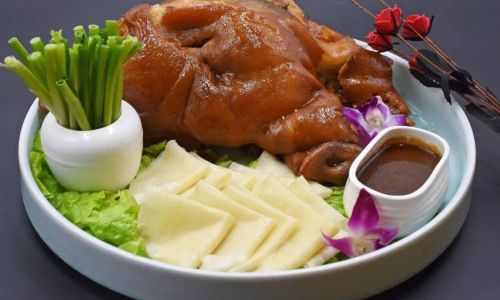
-
Aromatics and Spices:
- 6–8 slices of fresh ginger.
- 8–10 garlic cloves, smashed.
- 3–4 star anise pods.
- 2 cinnamon sticks (3–4 cm each).
- 1 tablespoon Sichuan peppercorns.
- 4–5 bay leaves.
- 1 tablespoon fennel seeds.
-
Seasonings:
- ½ cup dark soy sauce (for color and depth).
- ½ cup light soy sauce (for salinity).
- ½ cup Shaoxing wine (or dry sherry).
- ½ cup rock sugar (or brown sugar).
- 2 tablespoons salt (adjust to taste).
- 1 tablespoon chicken bouillon powder (optional).
-
Vegetables:
- 2 large onions, quartered.
- 4 carrots, peeled and chopped into chunks.
- 4 celery stalks, chopped.
-
Additional Items:
- 8–10 cups of water (or enough to submerge the pig’s head).
- 3–4 tablespoons cooking oil (peanut or vegetable oil).
Preparation Steps: Cleaning and Initial Blanching
The key to a flavorful braised pork face lies in meticulous preparation. Begin by thoroughly cleaning the pig’s head:
-
Cleaning the Pig’s Head:

- Rinse the pig’s head under cold water to remove any surface impurities.
- Use a sharp knife to scrape off any remaining hair or bristles. If needed, singe the skin lightly over an open flame (use caution to avoid burning).
- Split the head into halves if not pre-cut, making it easier to manage during cooking.
-
Blanching:
- Fill a large stockpot with water and bring it to a rolling boil.
- Submerge the pig’s head halves in the boiling water for 5–7 minutes. This step, known as blanching, removes blood, impurities, and any lingering odors.
- Drain the pig’s head and rinse it under cold water again. Pat dry with paper towels.
Marinating the Pig’s Head (Optional)
While not always traditional, marinating the meat can enhance its flavor. Combine ¼ cup each of dark soy sauce, light soy sauce, and Shaoxing wine in a large bowl. Add the pig’s head halves, ensuring they are fully coated. Cover and refrigerate for 2–4 hours. This step is optional but recommended for deeper flavor penetration.
The Braising Process: Building Layers of Flavor
Braising is the heart of this dish, transforming tough connective tissue into gelatinous richness. Follow these steps for perfection:
-
Searing the Meat:
- Heat 3 tablespoons of cooking oil in a large, heavy-bottomed pot or Dutch oven over medium-high heat.
- Place the pig’s head halves in the pot, skin-side down. Sear for 4–5 minutes per side until golden brown. This step caramelizes the skin and locks in juices.
-
Sautéing Aromatics:
Remove the pig’s head and set aside. In the same pot, add the ginger, garlic, onions, carrots, and celery. Sauté for 5–7 minutes until fragrant and slightly caramelized.

-
Adding Spices and Liquid:
- Return the pig’s head to the pot. Add the star anise, cinnamon sticks, Sichuan peppercorns, bay leaves, and fennel seeds.
- Pour in the dark soy sauce, light soy sauce, Shaoxing wine, rock sugar, salt, and chicken bouillon (if using). Stir gently to combine.
- Add enough water to submerge the pig’s head (approximately 8–10 cups).
-
Slow Braising:
- Bring the liquid to a boil, then reduce the heat to the lowest setting. Cover the pot and simmer for 3–4 hours, or until the meat is tender enough to pull apart with chopsticks.
- Periodically skim off any foam or impurities that rise to the surface.
Finishing Touches and Serving Suggestions
Once the braising is complete, the dish is almost ready. Here’s how to elevate its presentation and flavor:
-
Glazing the Skin:
- Preheat the oven to 200°C (400°F).
- Carefully transfer the pig’s head halves to a baking tray, skin-side up. Brush the skin with a mixture of honey and maltose (or honey and water) for a glossy finish.
- Roast for 10–15 minutes until the skin caramelizes and becomes crispy.
-
Reducing the Sauce:
- While the meat roasts, strain the braising liquid through a fine sieve. Discard the solids.
- Return the liquid to the pot and simmer over medium heat until it reduces by half, creating a thick, flavorful sauce.
-
Serving:

- Present the braised pork face on a large platter, garnished with fresh cilantro, sliced scallions, and red chili peppers.
- Serve with steamed buns, rice, or noodles. The meat can be shredded and paired with the reduced sauce for added richness.
Tips for Success
- Patience is Key: Braising requires low, steady heat. Avoid rushing the process, as this will result in tough meat.
- Skimming Fat: If the braising liquid becomes too greasy, use a spoon to remove excess fat after chilling the liquid in the refrigerator.
- Customization: Feel free to add hard-boiled eggs, tofu knots, or dried mushrooms to the braising liquid for extra texture and flavor.
Health and Safety Considerations
- Ensure the pig’s head is sourced from a reputable supplier and cooked thoroughly to an internal temperature of 75°C (165°F).
- Use gloves when handling raw meat to prevent cross-contamination.
- If serving to a large group, inform guests about the dish’s ingredients to accommodate dietary restrictions.
Conclusion
Braised pork face is more than a dish—it’s a testament to the art of Chinese cooking, where time, fire, and spices converge to create culinary magic. While the process may seem daunting, each step contributes to a final product that is both visually stunning and incredibly satisfying. Whether you’re celebrating a special occasion or simply indulging in a weekend cooking project, this recipe will leave a lasting impression. So roll up your sleeves, embrace the slow cooking philosophy, and savor the rewards of this time-honored tradition.
Final Note: Experiment with regional variations by adding black vinegar, chili bean paste, or star fruit for a tangy twist. The beauty of braised pork face lies in its adaptability, allowing home cooks to infuse their personal touch while honoring its storied past.

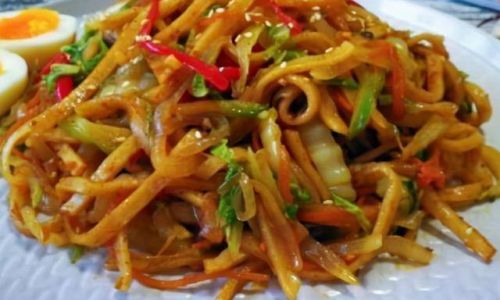
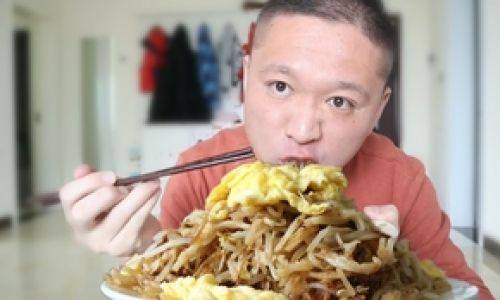
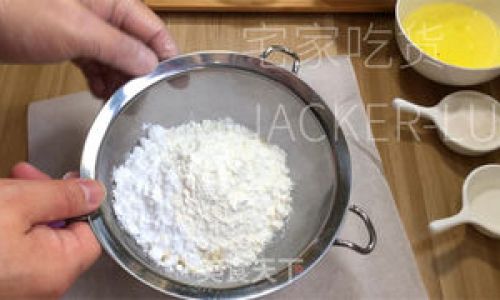
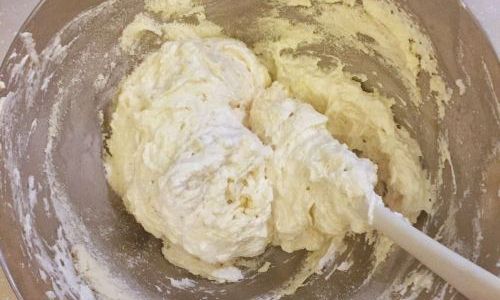
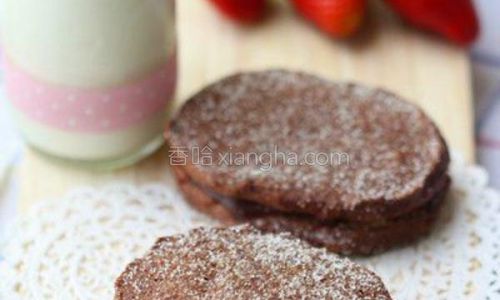
0 comments